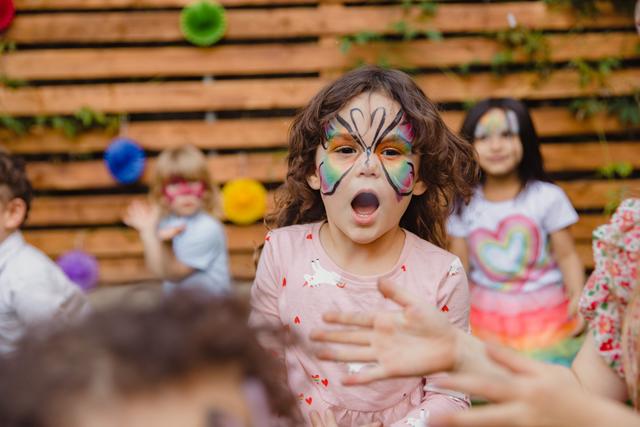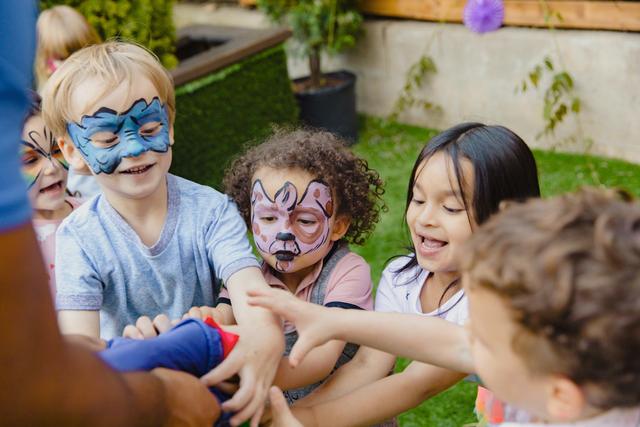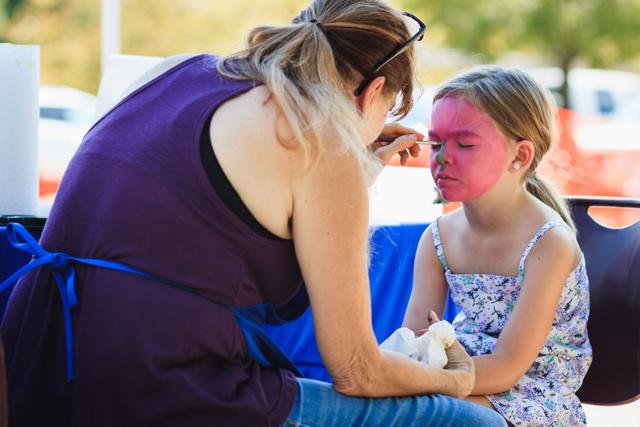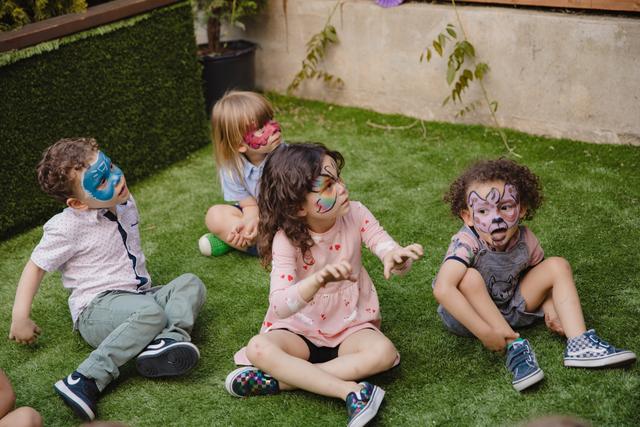Face painting For Kids In The UK
Face painting for kids is a vibrant and exciting activity that has captured the imagination of young minds across the UK. With its roots tracing back to ancient civilizations, the art of face painting has evolved into a beloved tradition at children's parties, community events, and festivals, blending creativity and cultural history. In modern times, particularly from the late 19th century onwards, face painting emerged as a mainstream form of children's entertainment in the UK, initially popularised during significant events like the Liverpool Jubilee in 1887.
Today, face painting remains a highlight at many gatherings, often featuring intricate designs ranging from animals and superheroes to traditional motifs. This immersive activity not only adds a splash of colour to children’s festivities but also enhances the celebratory atmosphere of events, creating lasting memories for both children and their families. Engaging in face painting can transport children into imaginative realms, momentarily transforming them into any character they envision – from fierce tigers to fantastical fairies.
As a traditional craft that encourages self-expression and artistic freedom, face painting continues to be a staple of children's entertainment across the UK, reflecting a rich cultural tapestry that delights and inspires the younger generation.
The Benefits of Face painting
Face painting offers significant health benefits for children, making it more than just a fun activity. Engaging in face painting can dramatically boost a child's creativity, as they select and participate in the design process of their imaginative face art. This form of creative expression is pivotal for cognitive development and encourages original thinking.
Furthermore, the experience of being face painted often builds self-confidence in children. Wearing their chosen designs proudly, kids can feel more unique and valued, which helps in developing a positive self-image and self-esteem. This boost can be particularly beneficial during formative years.
Social interaction is another critical benefit of face painting, as children often participate in these activities with their peers. The shared experience can foster friendships and enhance social skills, including cooperation and verbal communication.
Moreover, face painting serves as a therapeutic activity that can reduce stress and anxiety. The calming effect of having one's face gently painted, combined with the joyous atmosphere typically associated with face painting events, can lead to significant reductions in stress levels in children.
Lastly, the sensory experience provided by face painting—feeling the paint on their skin and seeing bright colours—can stimulate sensory awareness and development. This is especially beneficial for younger children who are still exploring their sensory environments.
FAQs
1. What are some popular face painting designs for kids in the UK? Face painting designs for kids in the UK often feature popular motifs such as superheroes, princesses, animals like tigers and butterflies, and fantasy elements like fairies and dragons. Seasonal designs, such as pumpkins for Halloween and hearts for Valentine’s Day, are also widely requested at various events.
2. Where can I find a professional face painter for my child's party in the UK? Professional face painters can be booked through various entertainment services, local business directories, or event planning websites. Many professionals also maintain social media profiles where you can view their portfolios and customer reviews to ensure they meet your event's needs.
3. Are there specific times of the year when face painting is more popular? Face painting is particularly popular during the summer months due to the high number of outdoor festivals, fairs, and birthday parties. It's also a hit at special occasions like Halloween, Christmas, and Easter, where themed face painting is in high demand.
4. How can I ensure the face painting session is hygienic? To ensure a hygienic face painting session, verify that the face painter uses hypoallergenic, non-toxic paints approved for skin use. Also, they should use clean brushes and sponges for each child or employ disposable applicators to prevent the spread of bacteria.
5. What are some tips for removing face paint? Gentle face wipes or a soft cloth soaked in warm soapy water can effectively remove face paint. It's advisable to use a mild soap and make sure that it is thoroughly rinsed off to avoid any skin irritation. For more durable paints, a little bit of olive oil or baby oil on a cotton pad can help break down the paint before washing it off.




